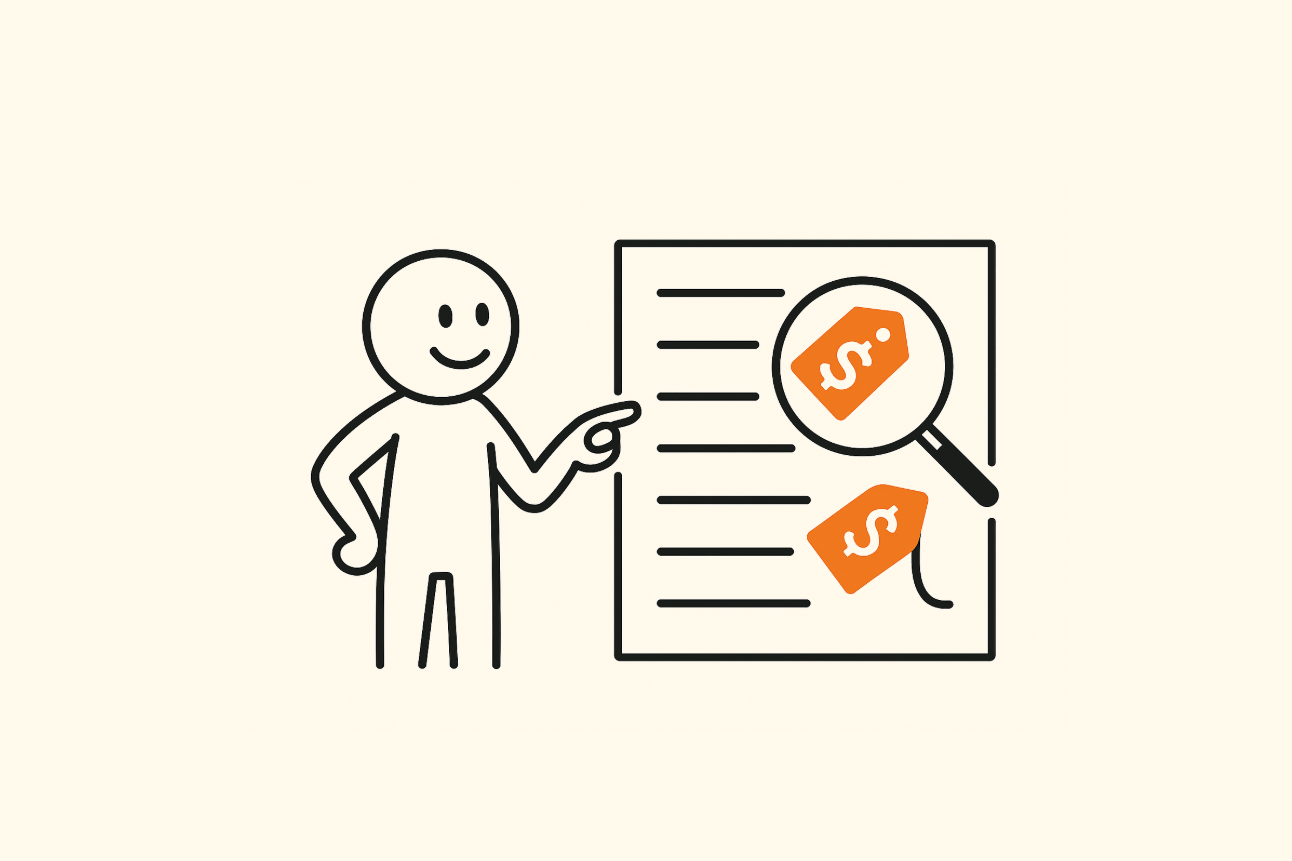Ever struggled with confusing pricing?
We’re in the final stages of buying our new Magnet kitchen. After two detailed quotes and a 10% deposit, we removed one of the bigger appliances - a fridge - and the price didn’t budge. The system quietly rebalanced margins elsewhere, so our “saving” vanished, leaving us frustrated and confused.
That moment highlights a pattern we often see in product strategy: when pricing hides trade‑offs, customers lose trust.
Pricing and Jobs‑to‑be‑Done
Magnet missed a fundamental principle of Jobs‑to‑Be‑Done: customers need clear options to optimise value.
If pricing obscures trade‑offs, it fails at a basic customer job.
The key shift: Pricing as a service
Pricing shouldn’t be an opaque, margin‑driven calculation hidden behind closed doors.
Customer‑led pricing sustains margin anyway. Clear, choice‑linked pricing wins more deals and reduces renegotiation cycles.
The margin comes from loyalty and trust, not last‑minute juggling.
In practice, customer‑led pricing does three jobs:
Clearly signals value – e.g. Magnet says it can price match alternatives
Enables informed trade‑offs – e.g. mix‑and‑match appliances without hidden mark‑ups
Satisfies the job’s basic outcome – e.g. net total falls when you remove an item, instead of margins shifting behind the scenes
Show the maths: let buyers see the value
When done well, price transparency unlocks value‑focused decisions.
Think of your Google or Microsoft cloud dashboard: scale storage, or bandwidth and you generally watch your bill recalculate in real time.
The feedback loop is instant; therefore budget optimisation becomes obvious. That’s the clarity modern buyers expect.
If Magnet had offered that line‑of‑sight instead of juggling margins behind the curtain, we’d have signed off in minutes!
Take action: Run a quick pricing clarity audit
Ask three quick questions:
✅ Does each price move map to a clear customer trade‑off?
✅ Can buyers see why the number changed?
✅ Do any discounts hide margin gymnastics?
Pricing experiments to try
If you build or sell anything, run these experiments:
Show your workings. Add a simple cost‑breakdown hover or footnote to your pricing table; monitor interactions.
Line‑of‑sight experiment. Try sending a more transparent quote to 10 prospects and track conversion vs. your legacy template.
Live walk‑through. Sit with a prospect while they read your quote or navigate your checkout. Note every pause, guess, or frown - then address the friction!
Turn pricing clarity into customer confidence
Transparent, customer‑led pricing turns hesitation into momentum. When buyers see the logic, trust rises and loyalty compounds.
The result: Pricing stops blocking deals and starts accelerating them!
Customers don’t always want discount. They want clarity.
When people interact with pricing, they’re not playing a game; they’re trying to get a job done. They want to understand the value, see the trade-offs, and make confident decisions.
In customer-led businesses, pricing guides, educates, and builds trust.
Sadly, on this occasion, Magnet has failed on all three 😔

